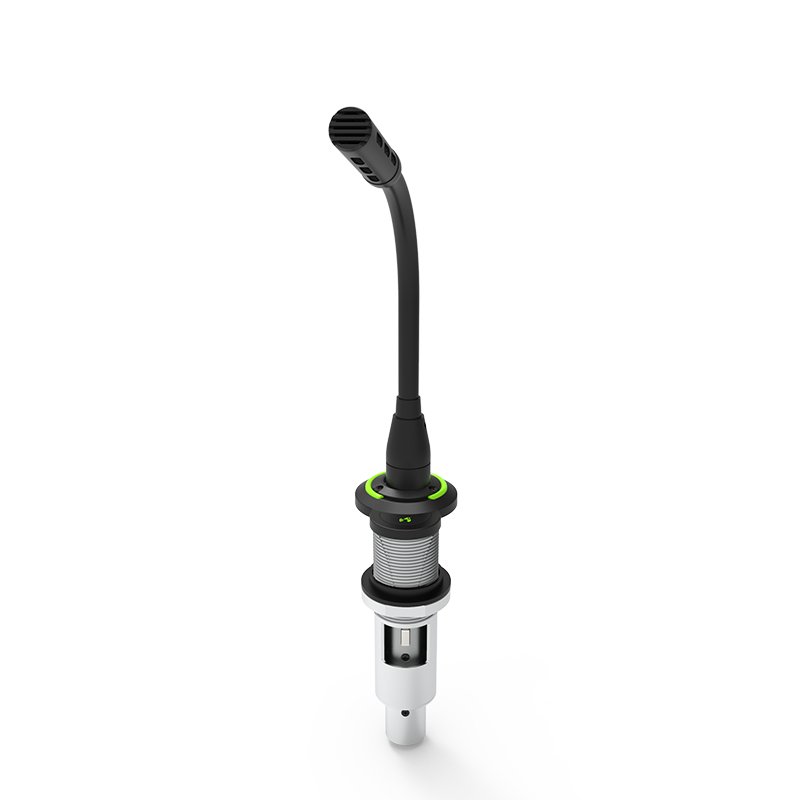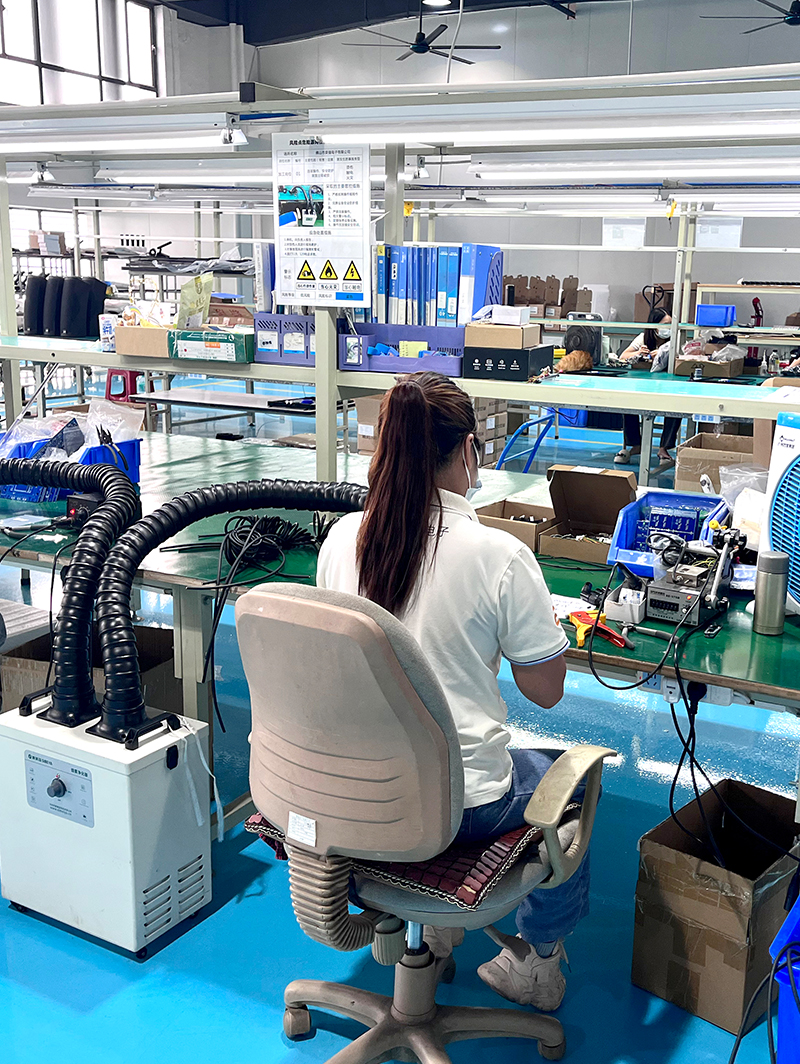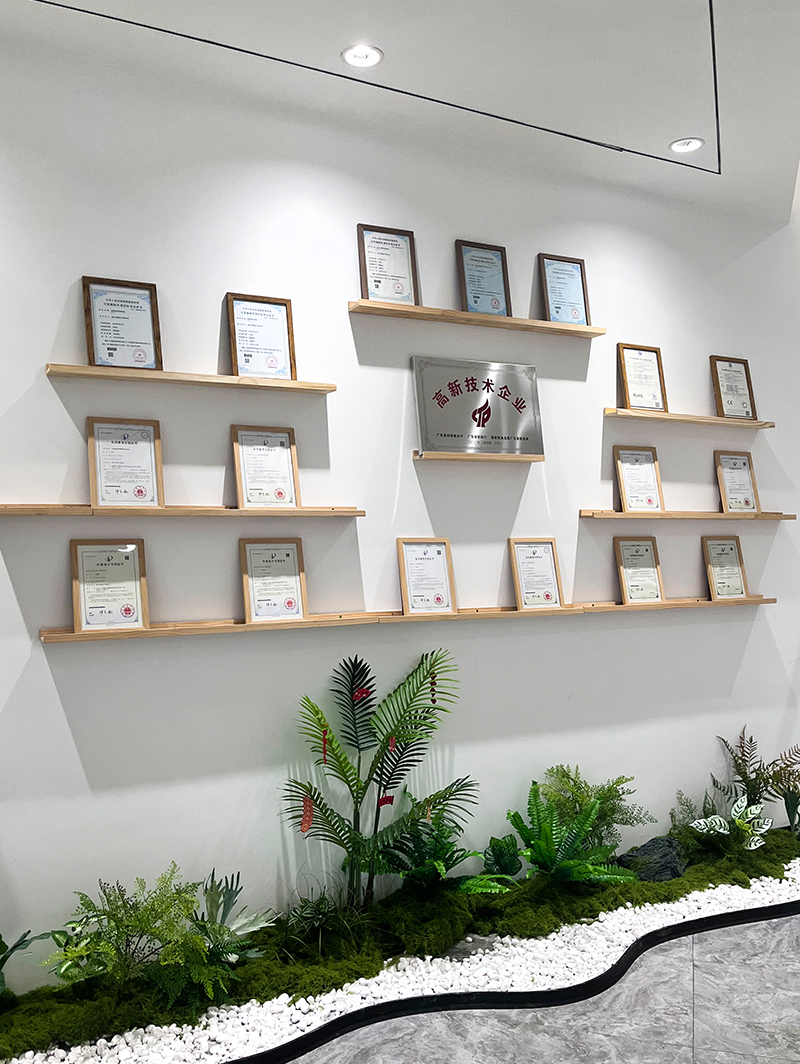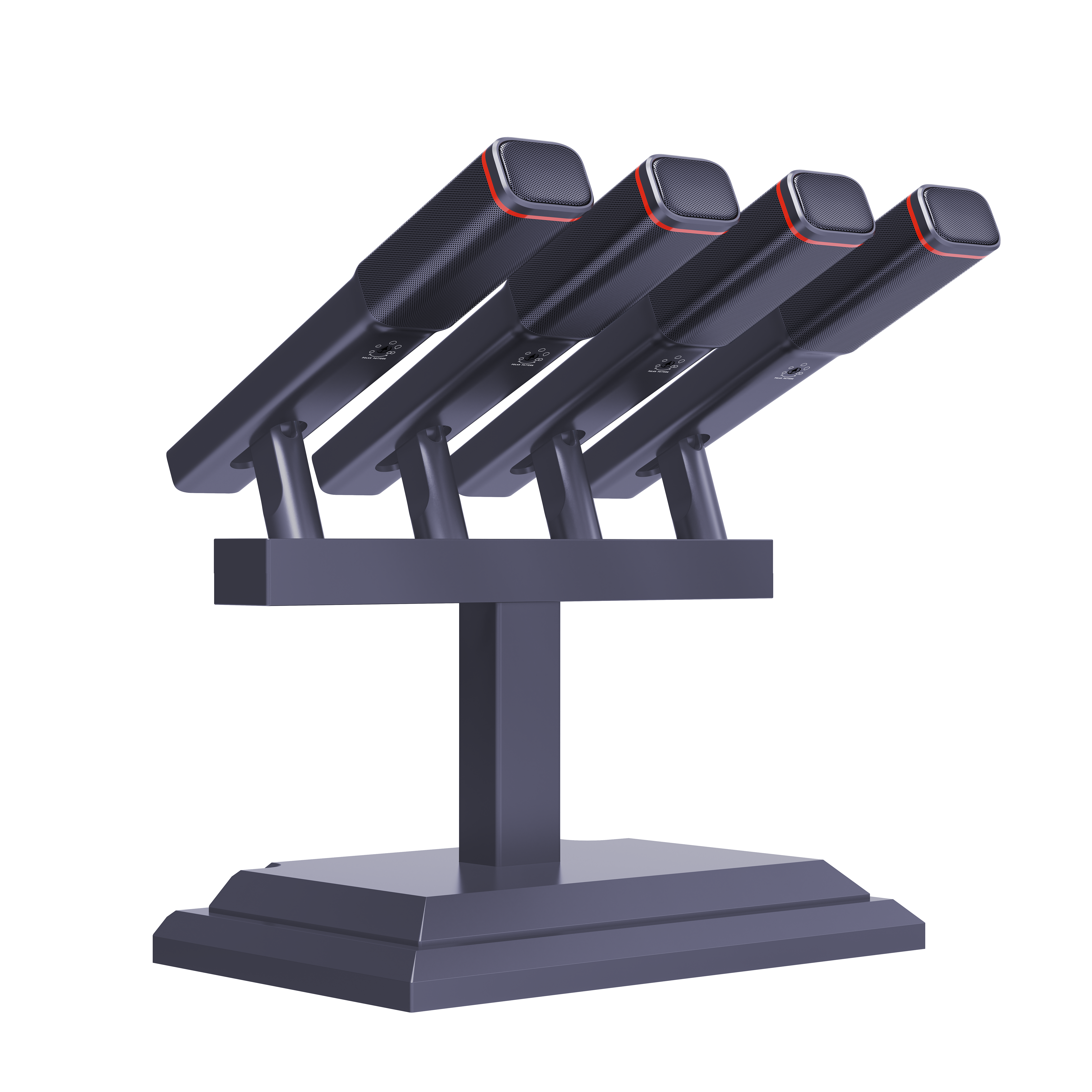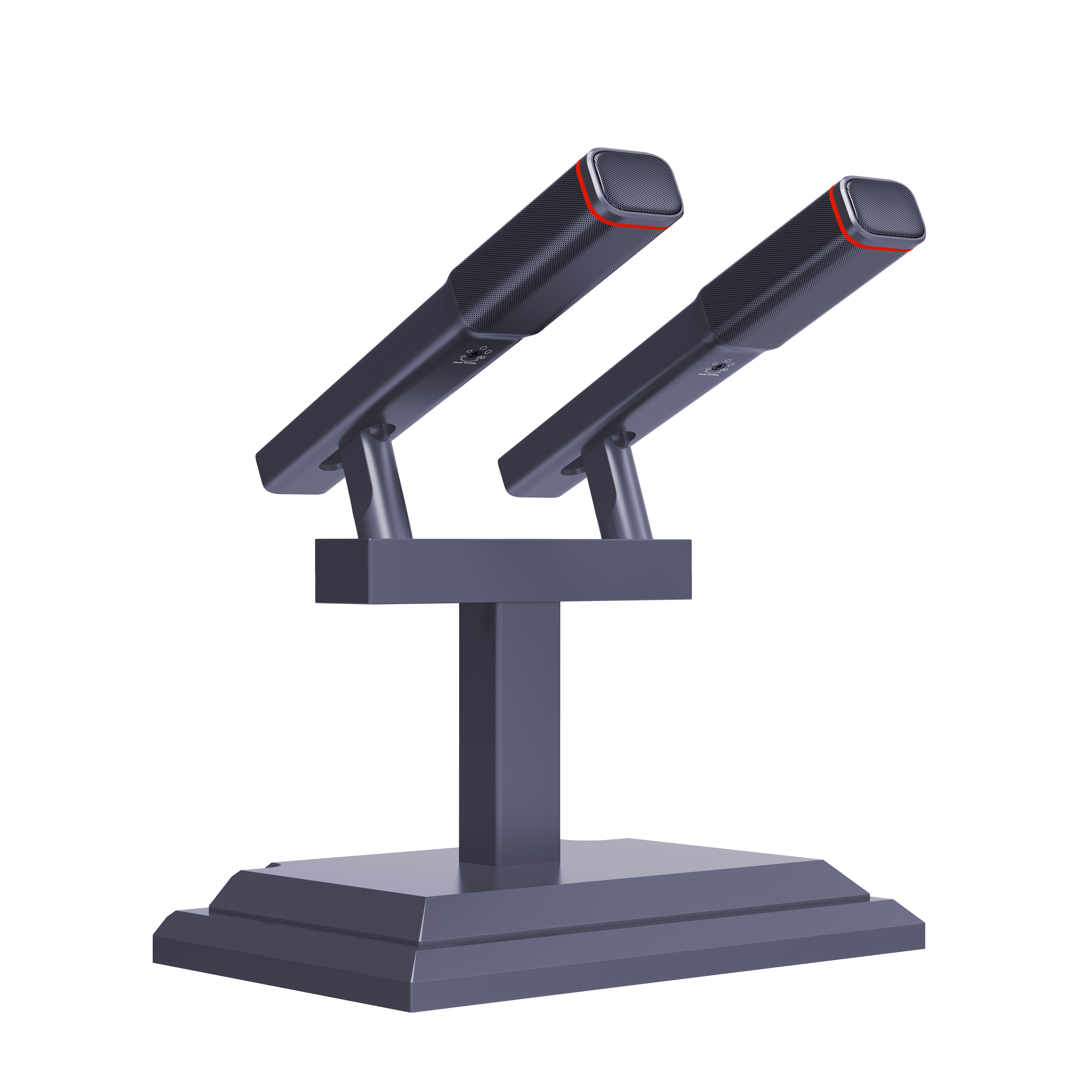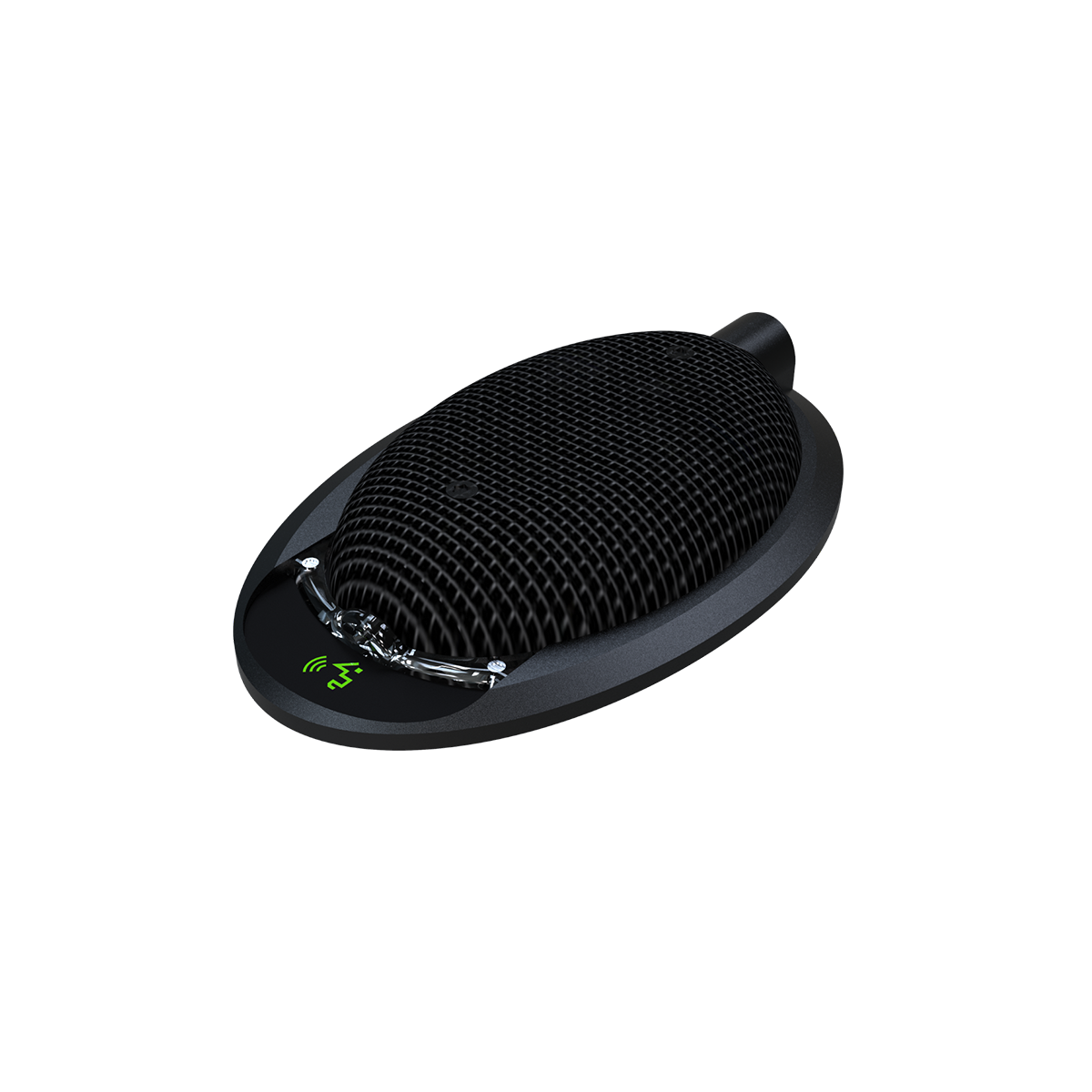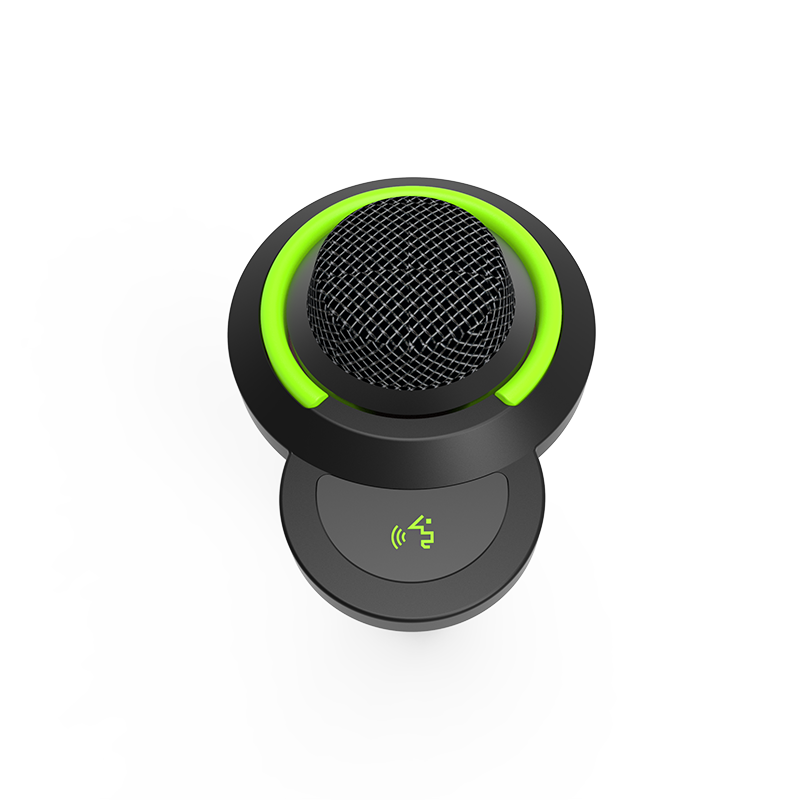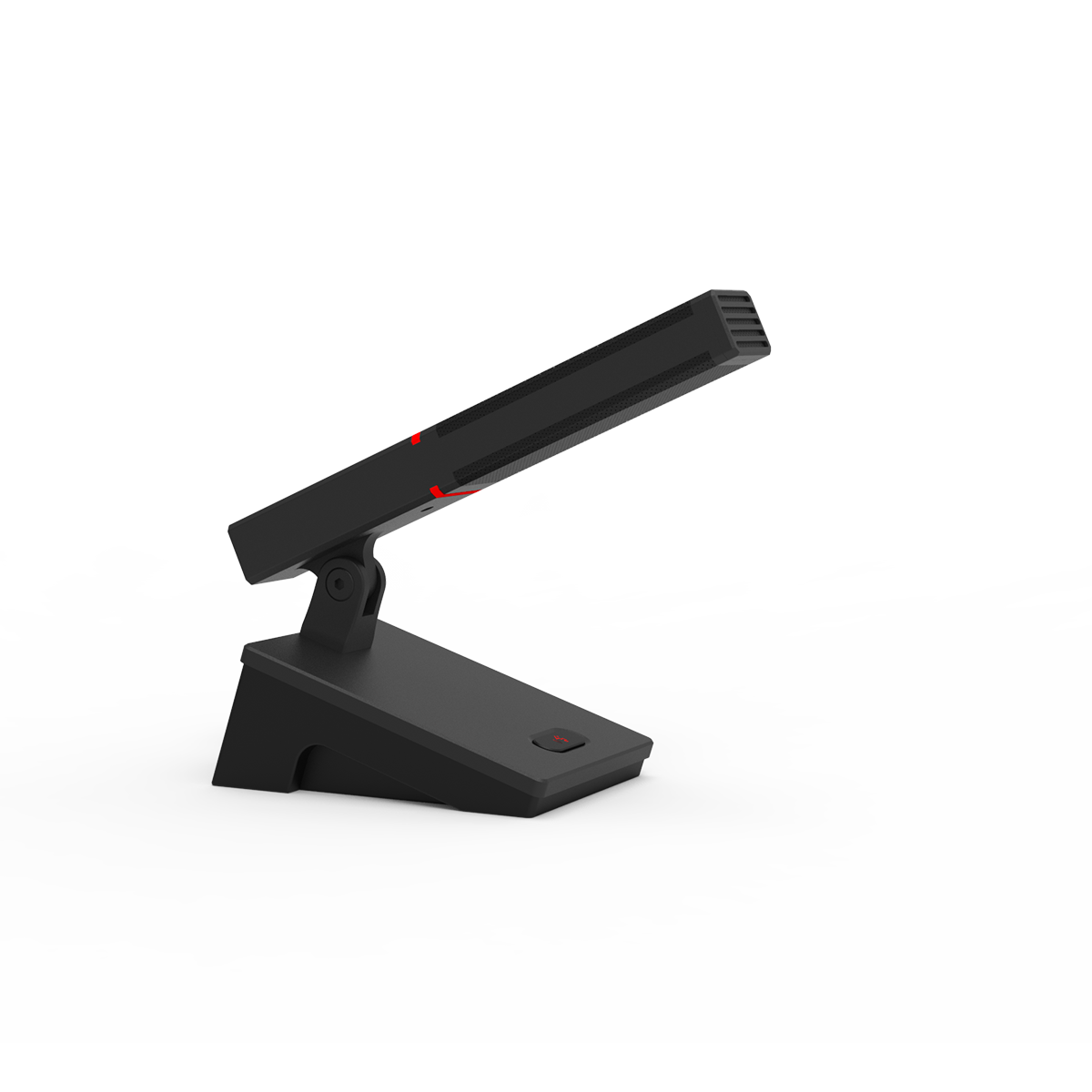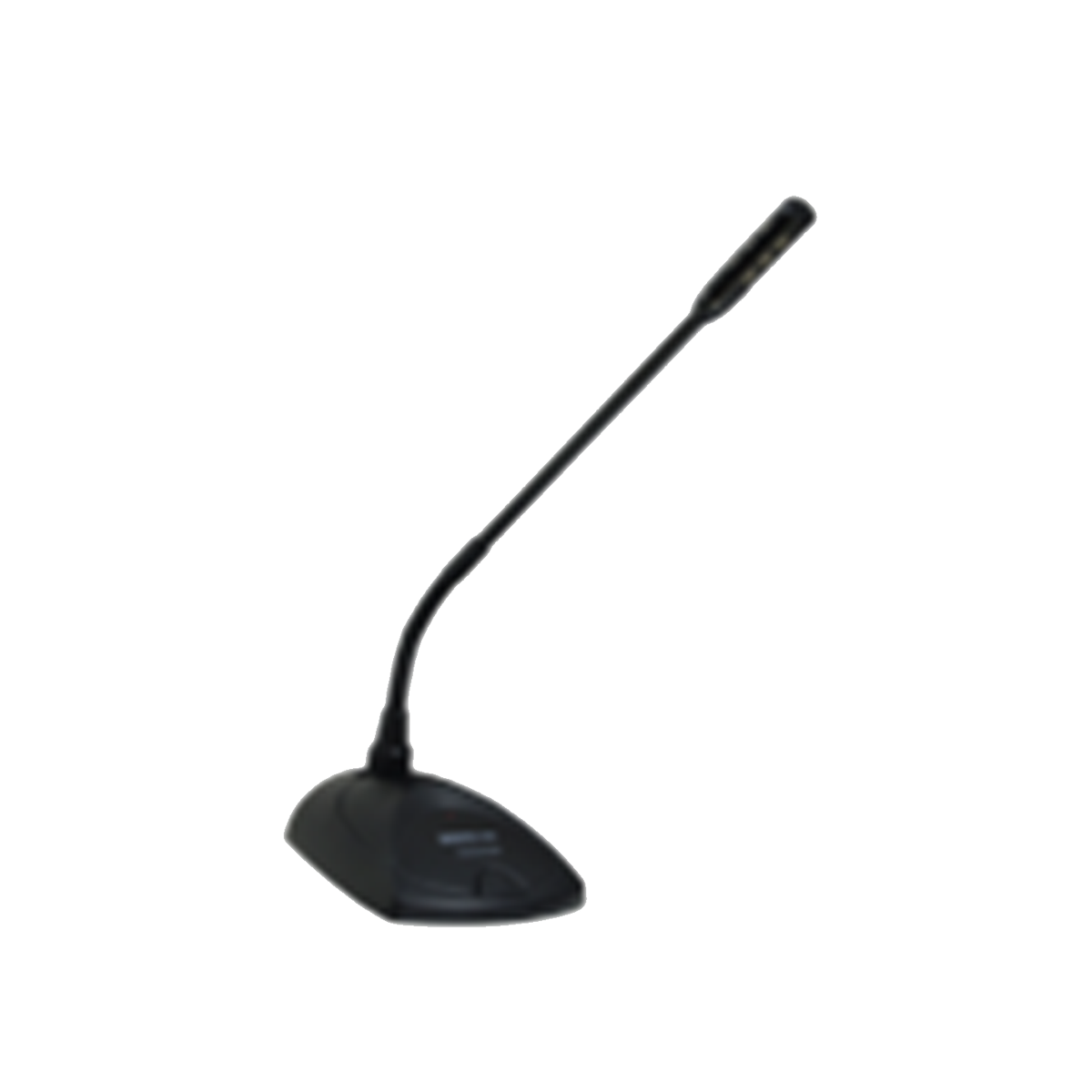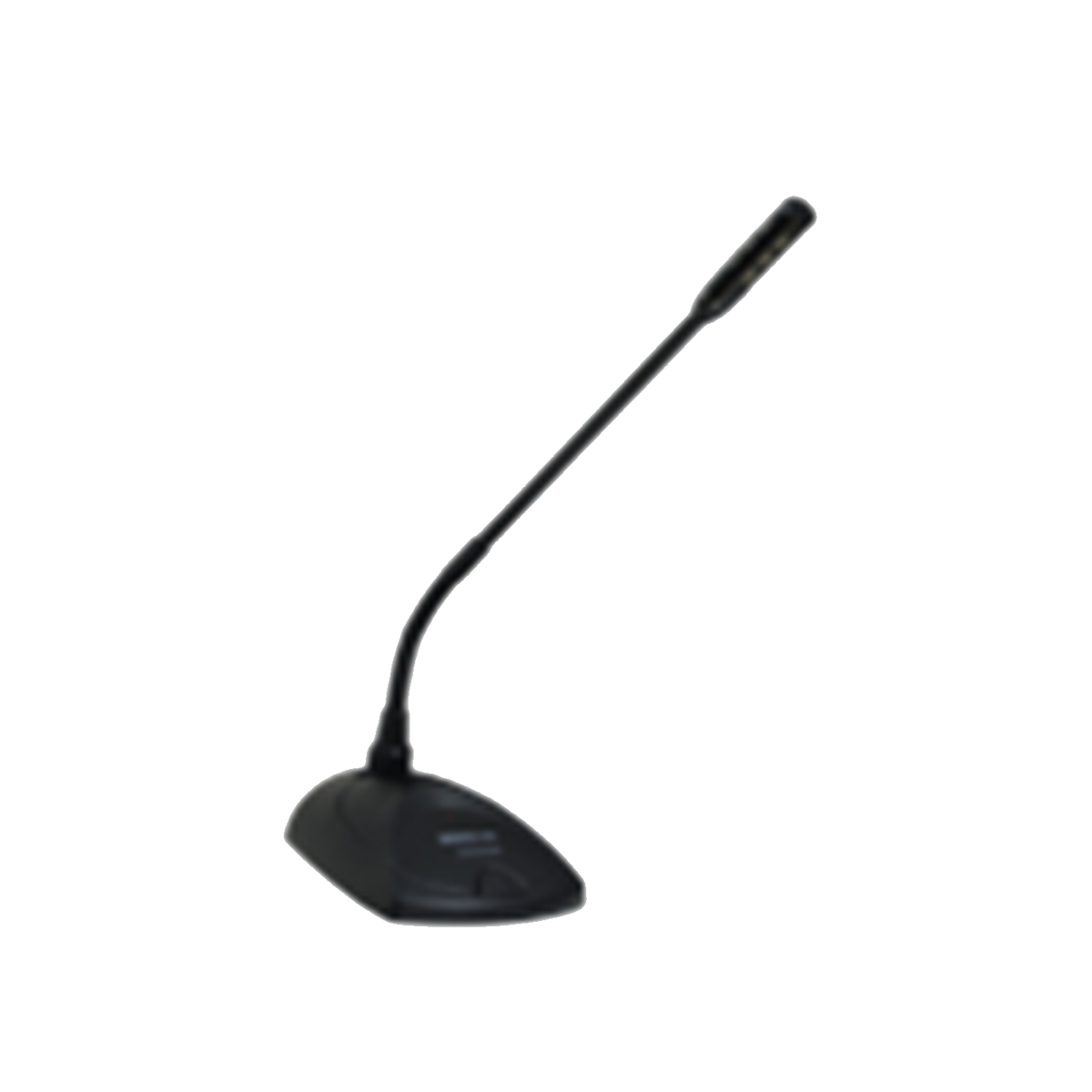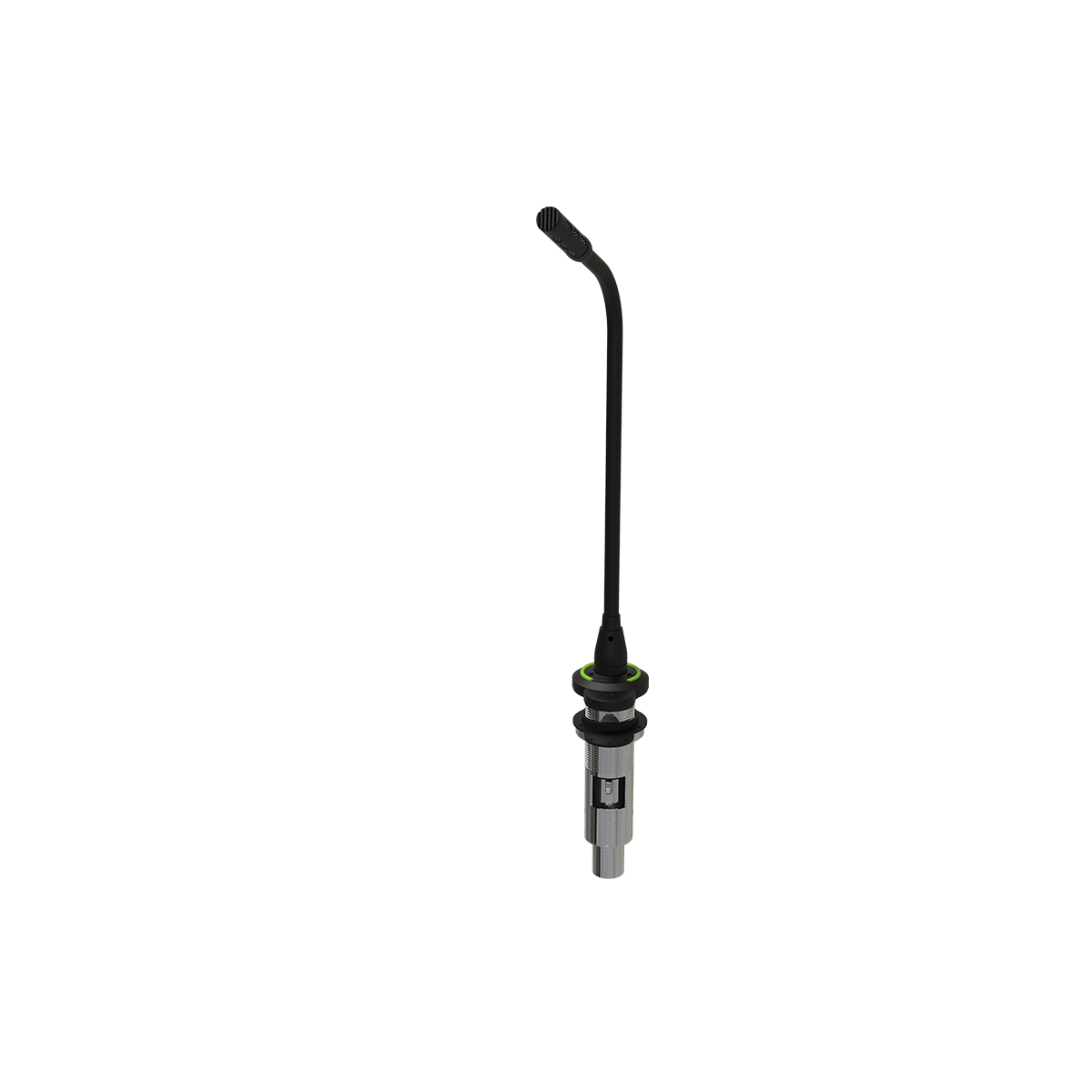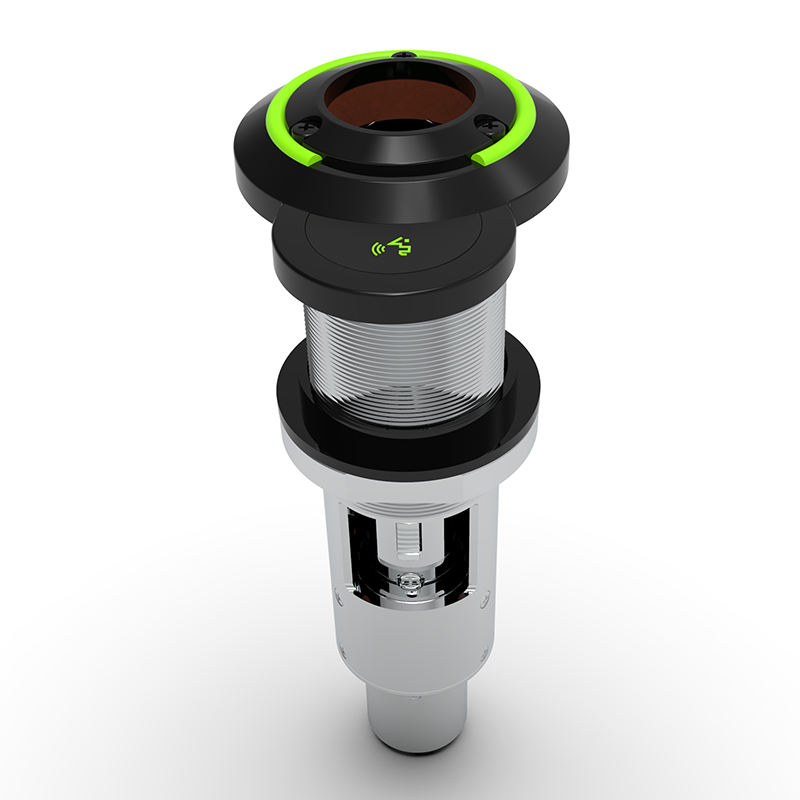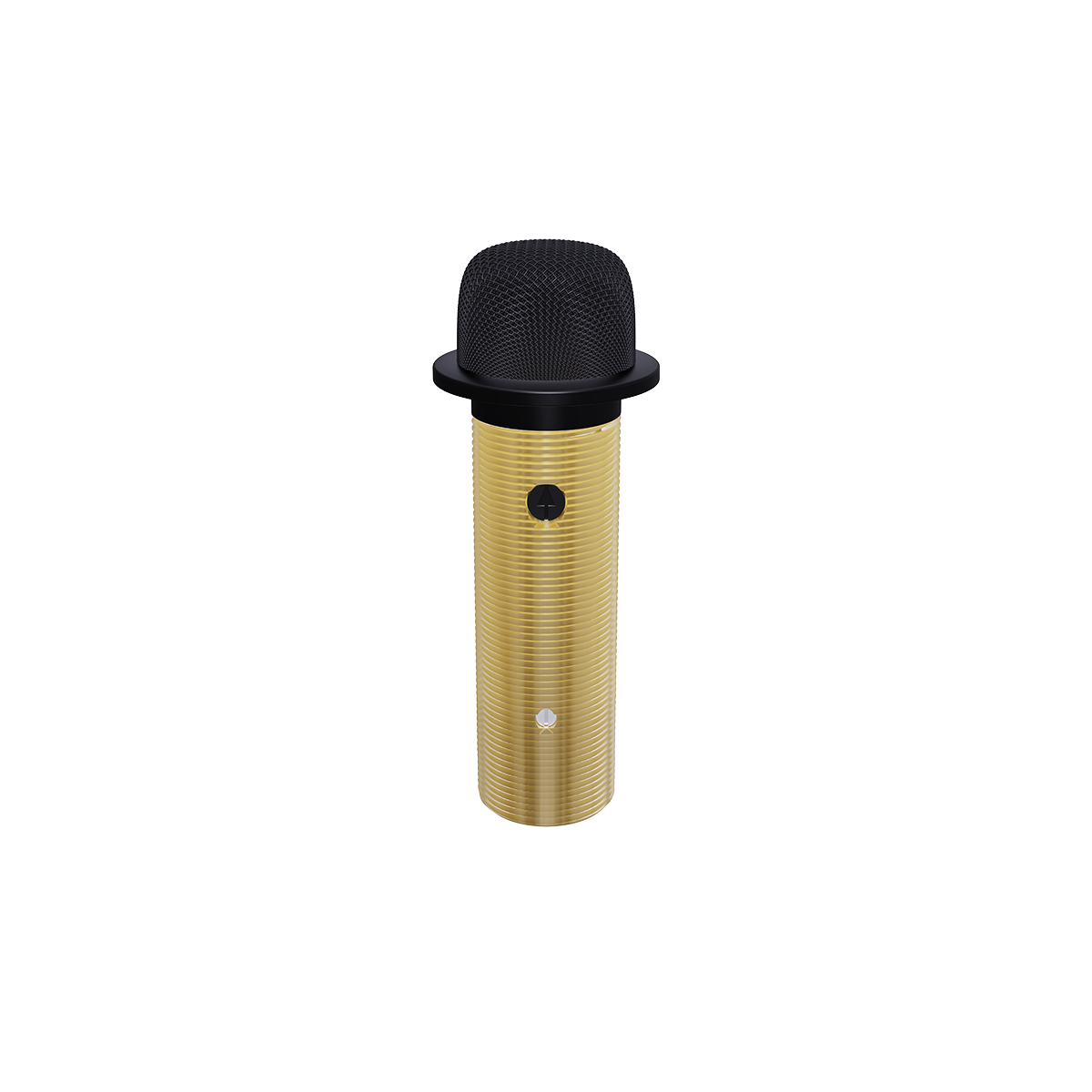Embedded Microphone Base Unit
Product Features
• Exquisite and elegant embedded structure, ergonomic and modern.
• Embedded microphone socket compatible with button-type interface microphones and gooseneck microphones to form a complete conference microphone setup.
• Touch-sensitive microphone on/off button.
• Professional 3-core Canon female connector with XLR output.
• Supports 48V phantom power operation.
• Automatic microphone locking when inserted prevents accidental unplugging or noise; manual release is required for removal.
• Anti-vibration rubber isolation ring and metal fixing ring (for gooseneck microphones) reduce vibration or impact noise from the mounting surface.
Technical Paremeters
Frequency Response: 40–20kHz
Mute Attenuation: <50 dB @1kHz/Pa
LED Display: Green for working; off for mute
Phantom Power Supply: 24–52V
Switch: Light touch control
Base Weight: 150g
Input Terminal: Professional 3-core XLR female connector (5-pin)
Output Terminals: 3-core XLR male connector
Standard Configuration: 1 pair anti-vibration rubber; 1 metal fixing ring
Hole Size: 35mm diameter
Embedded Microphone Pole
Product Features
• Exquisite embedded structure with high concealment.
• Supports five polar patterns: Omni-Directional, Cardioid, Super Cardioid, Wide Cardioid, Figure-of-Eight.
• All-metal shell, resistant to RF interference.
• Professional 5-core Canon female output.
• Supports 48V phantom power operation.
• Compatible with IT80A embedded microphone base.
• Anti-vibration rubber isolation ring reduces vibration or impact noise from the installation surface.
• Built-in windshield, no additional handling required.
Technical Paremeters
Microphone Type: Cardioid Condenser
Polar Patterns: Omni-Directional, Cardioid, Super Cardioid, Wide Cardioid, Figure-of-Eight
Power Consumption: 2W
Impedance: 120Ω
Frequency Response: 90Hz–17kHz
Maximum SPL: 120dB @1% T.H.D., 1kHz
Power Requirements: 24V / 48V, 4mA
Sensitivity: -32dBV (25mV) @1Pa
Pole Dimensions: 230 mm
Pole Weight: 120g
Adavantage of Amalog Microphone
Analog microphones, as one of the most traditional and widely used audio pickup devices, continue to play an irreplaceable role thanks to their stable and reliable performance in both professional and everyday applications.
One of their greatest strengths lies in sound quality. Analog microphones deliver a more natural and authentic reproduction of the human voice, with a wide dynamic range, warm tonal character, and rich details—making them especially suitable for scenarios where vocal expression needs to be highlighted. In addition, since analog signals do not require complex digital processing, they offer extremely low latency, virtually imperceptible to the human ear. This is particularly valuable in live performances, conferences, and other real-time events where timing is critical.
From the perspective of operation and usability, analog microphones are simple and straightforward. They are plug-and-play, highly compatible with a wide range of audio equipment and sound systems, and require no advanced technical knowledge to set up. At the same time, they are known for their stability and strong resistance to interference, ensuring reliable sound transmission in various environments.
In terms of cost and maintenance, analog microphones are generally more affordable compared to digital alternatives, while their simpler circuitry results in lower failure rates and easier servicing. Even if issues arise, troubleshooting and repairs are relatively straightforward, reducing long-term operational costs.
In summary, with their natural sound reproduction, near-zero latency, ease of use, reliability, and cost-effectiveness, analog microphones remain an excellent choice for conferences, education, stage performances, entertainment, and many other applications.



